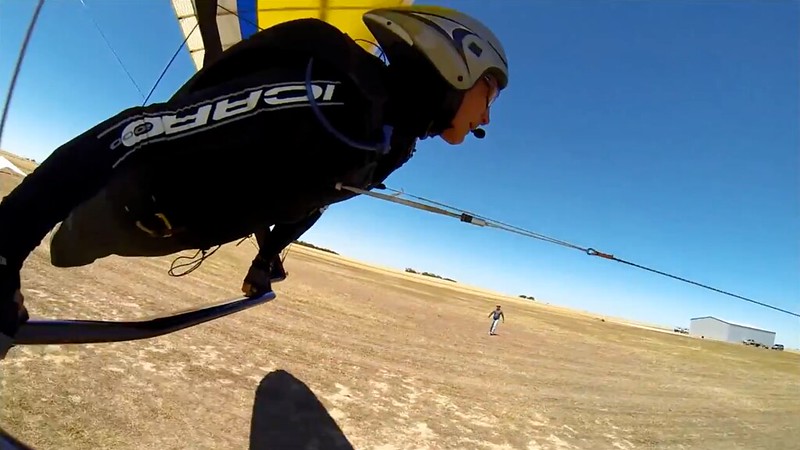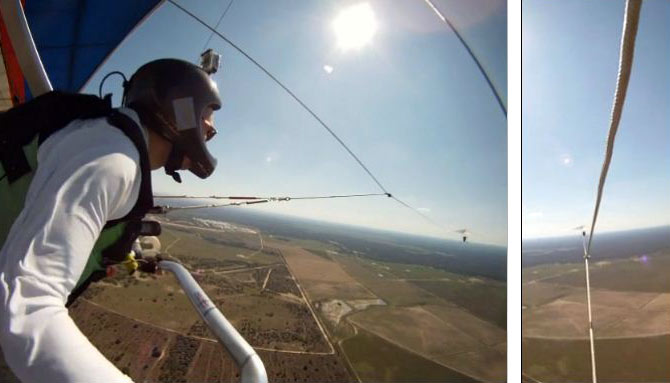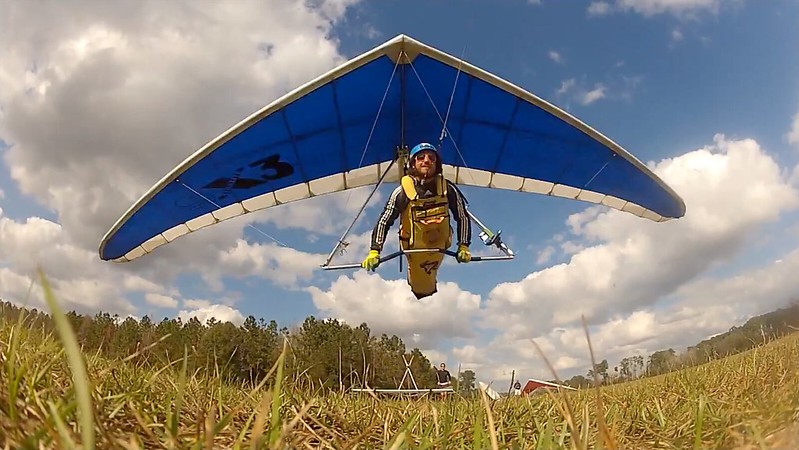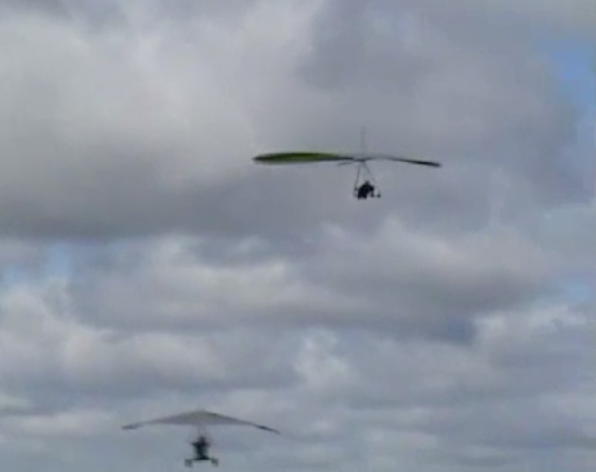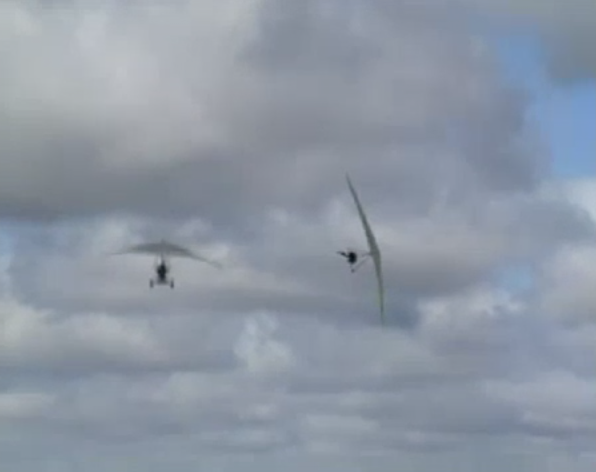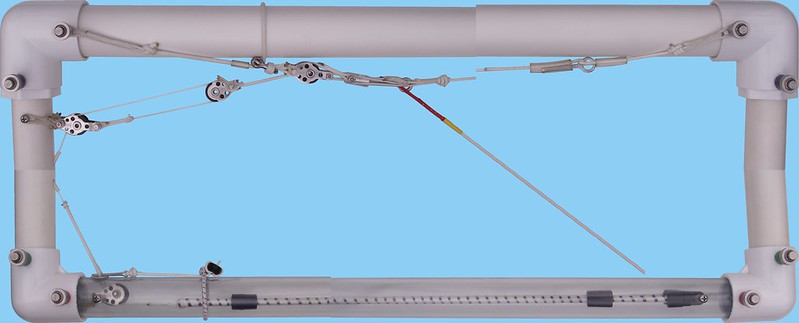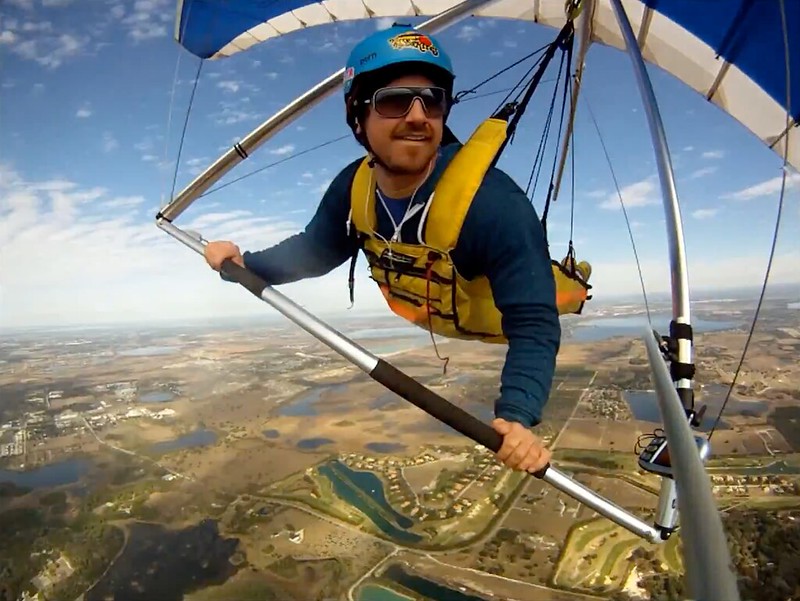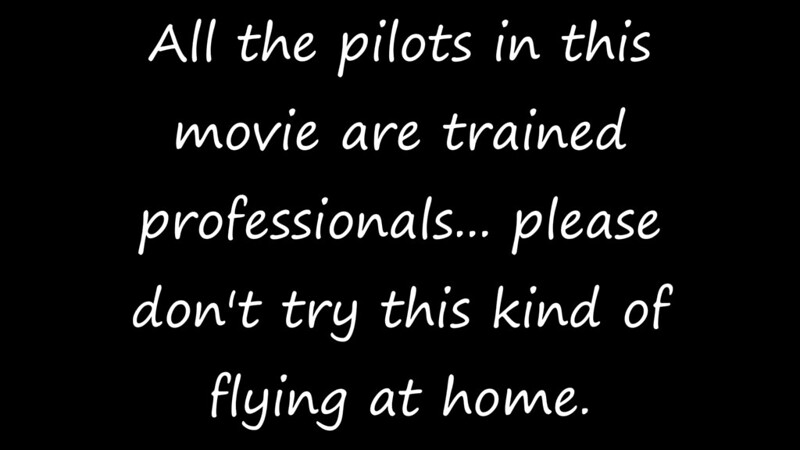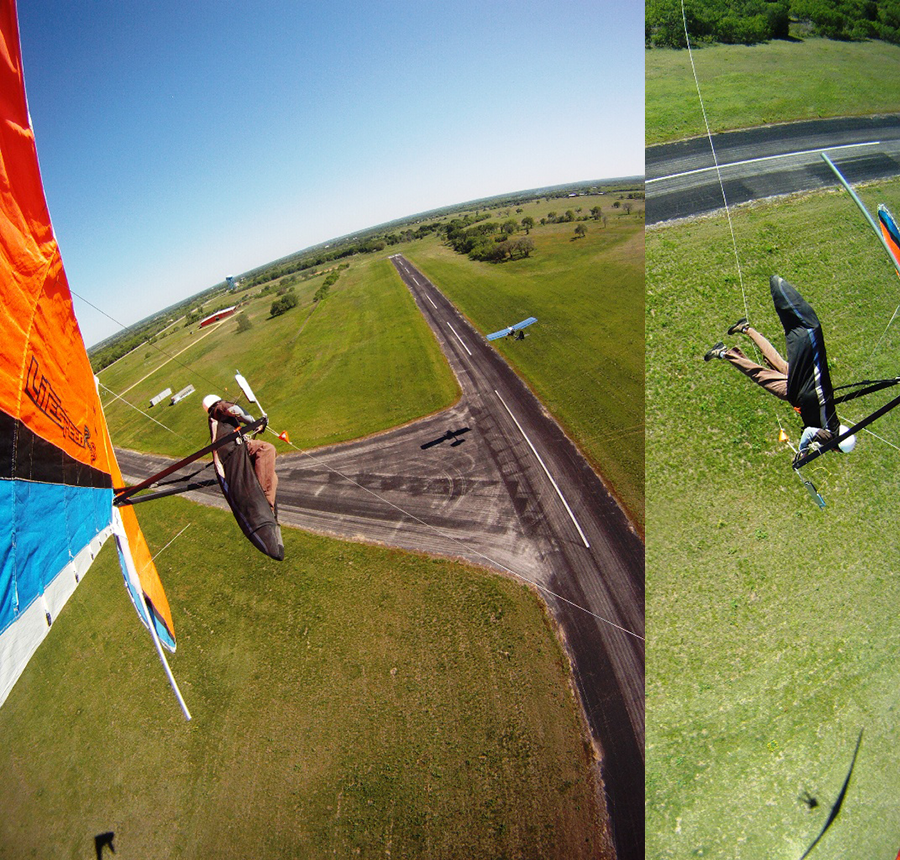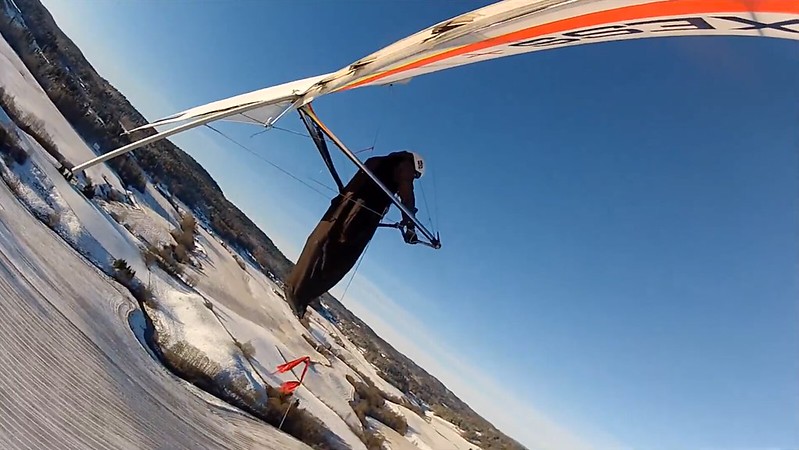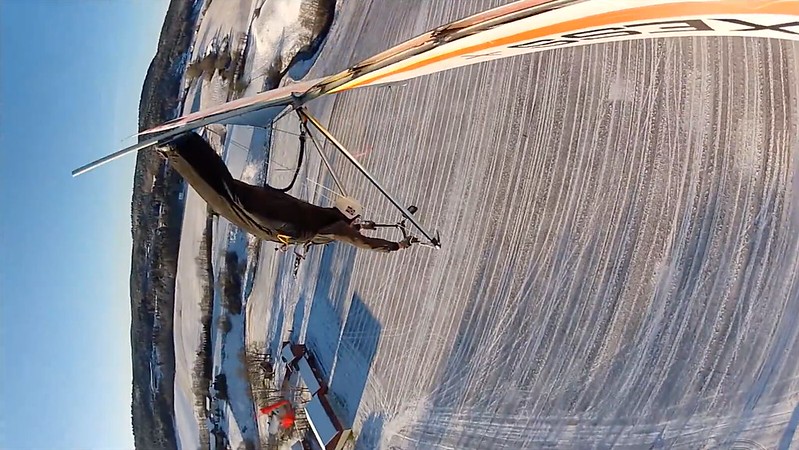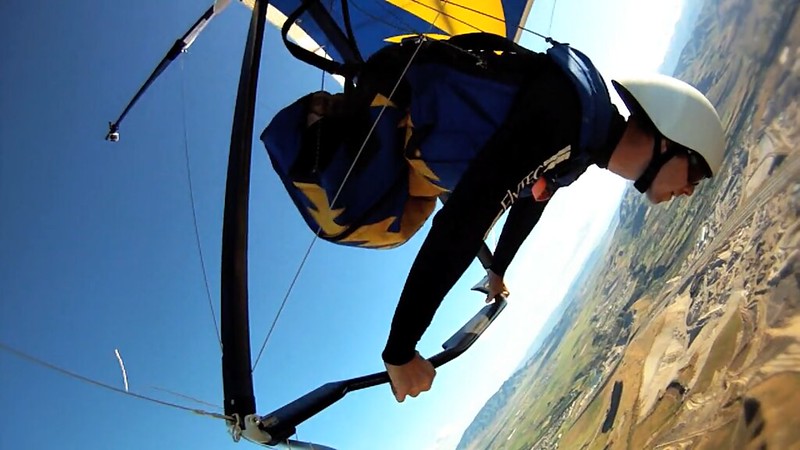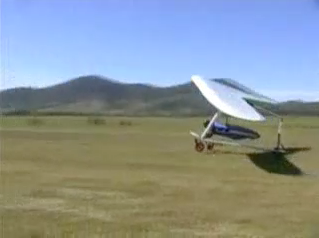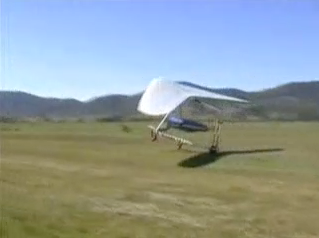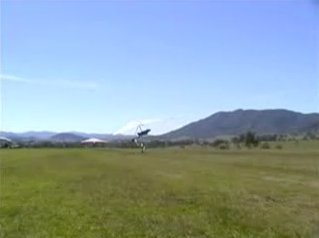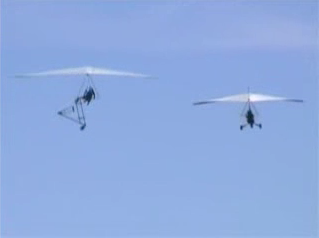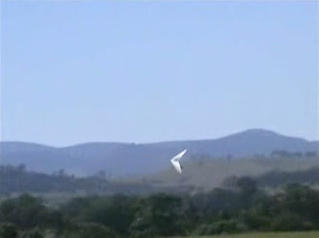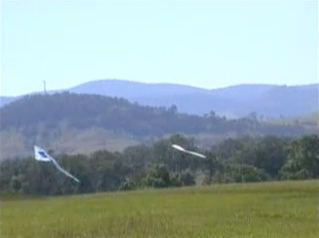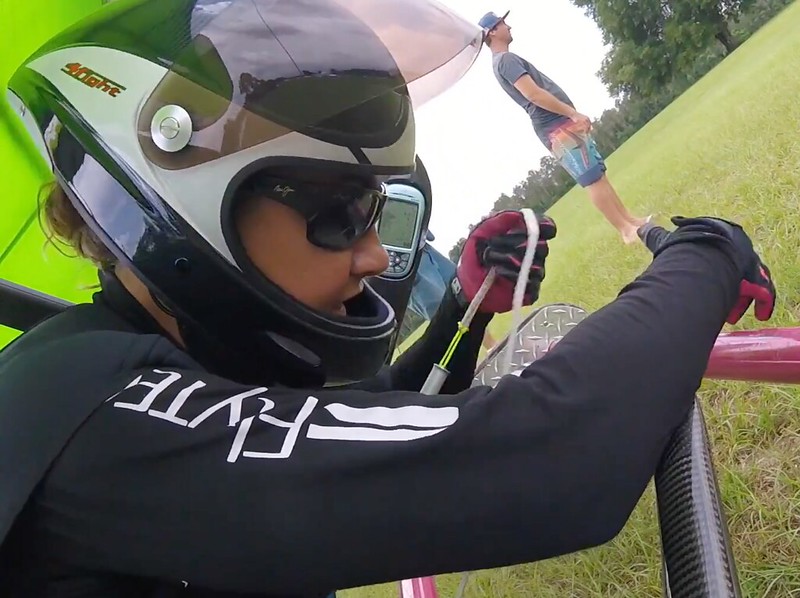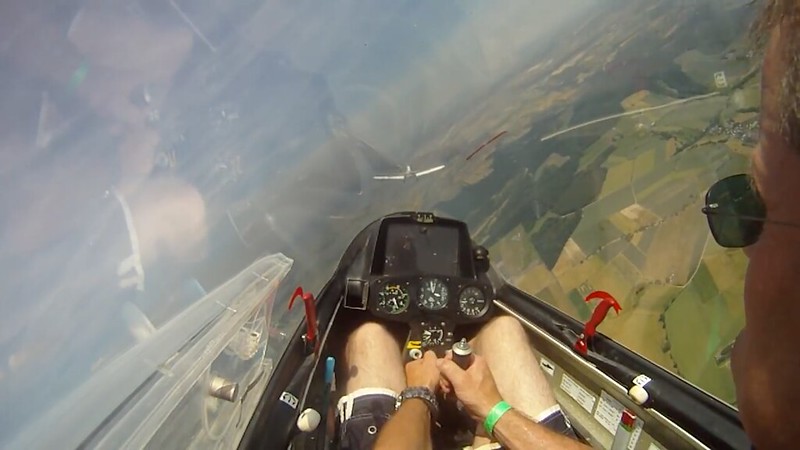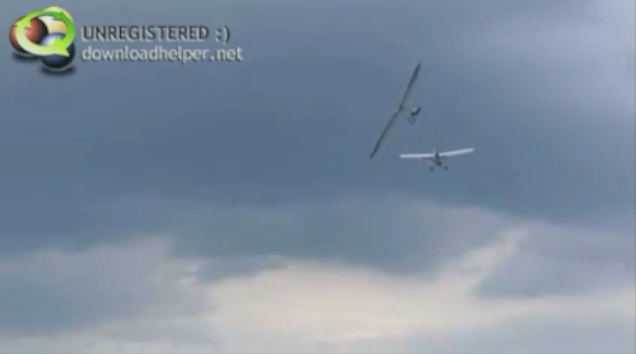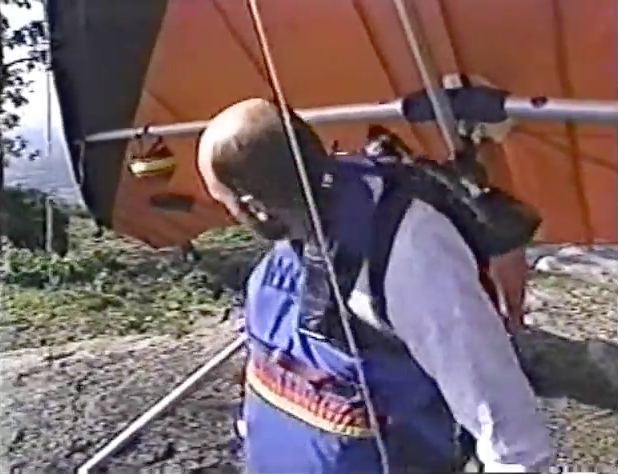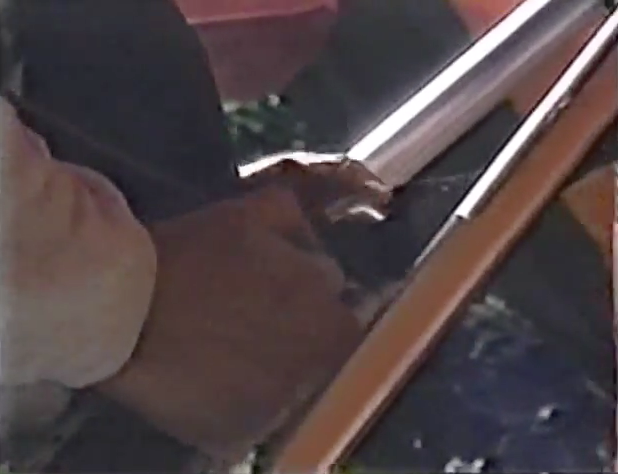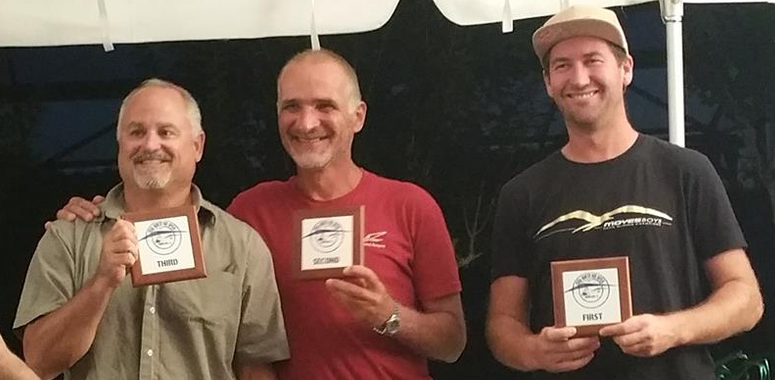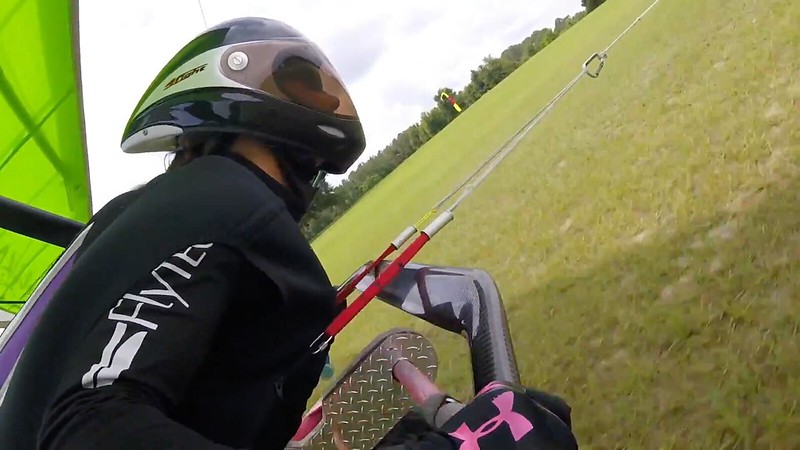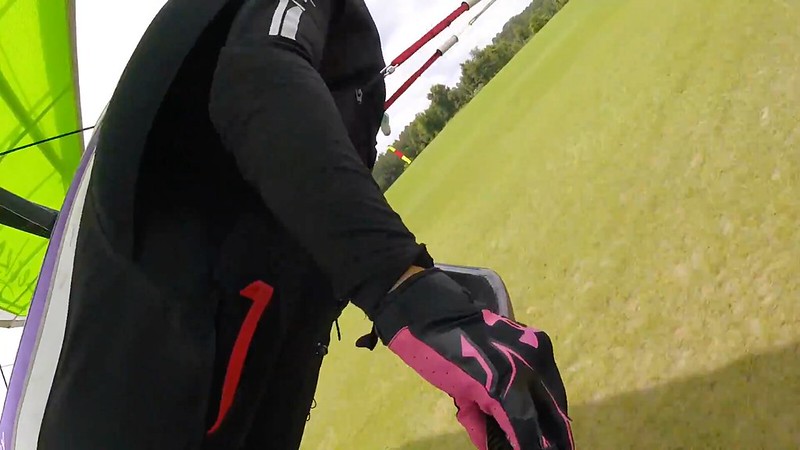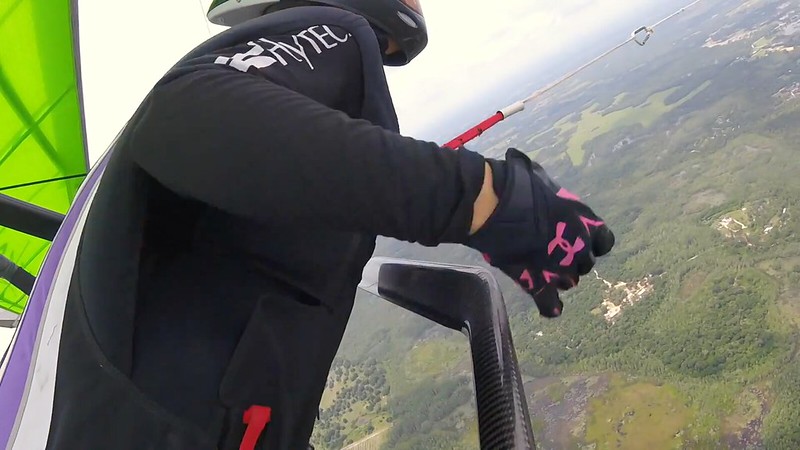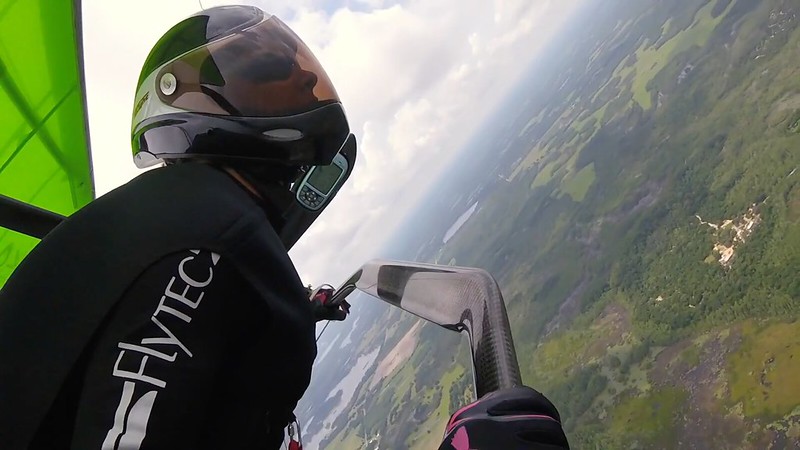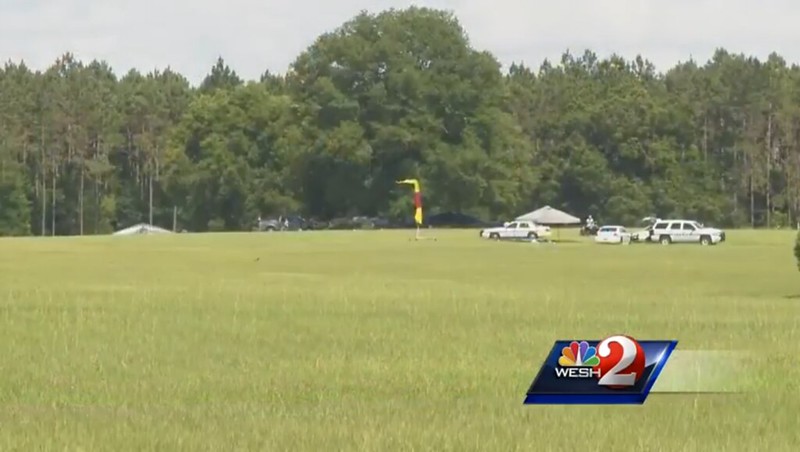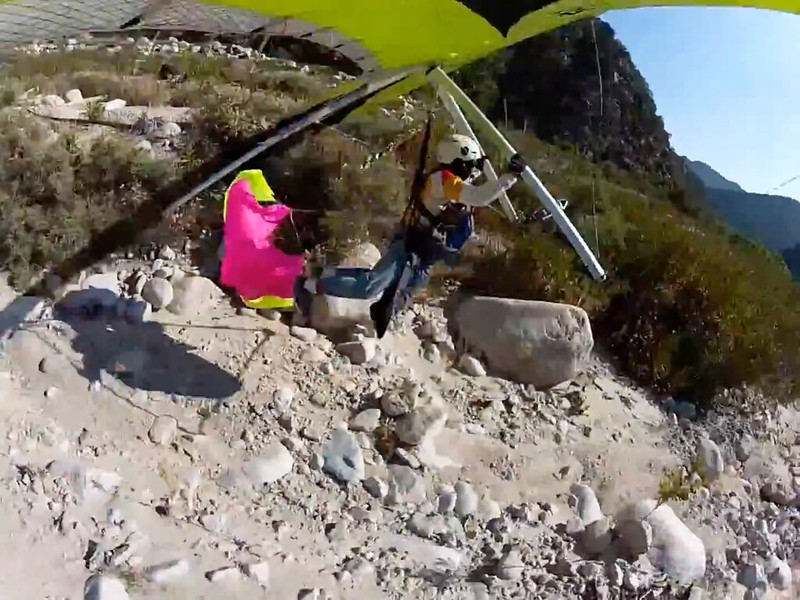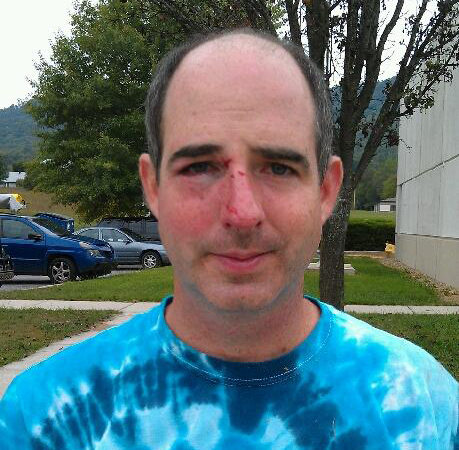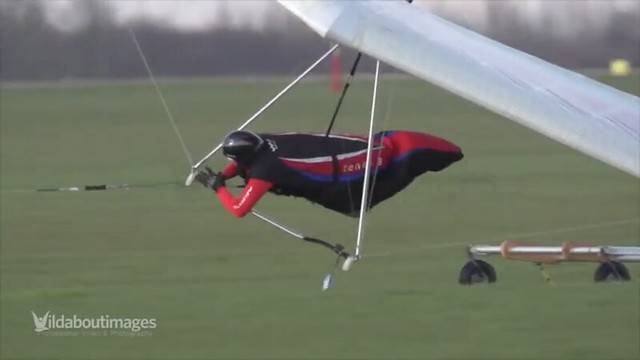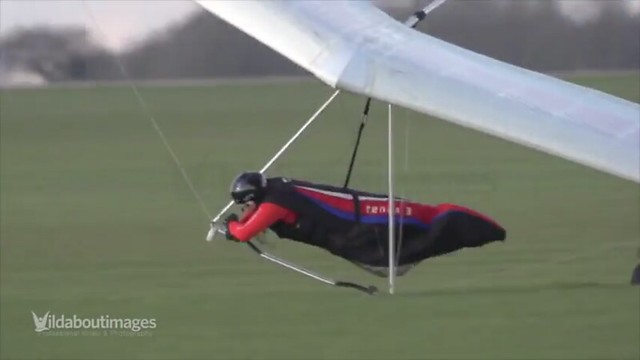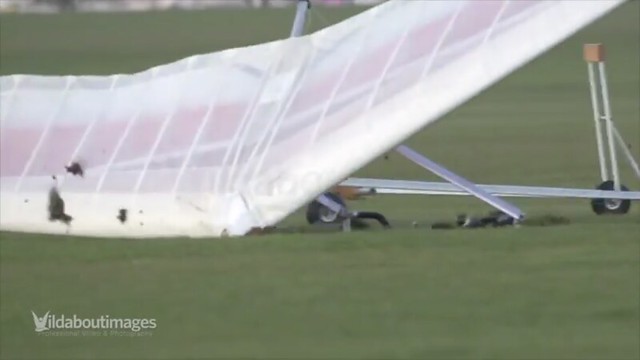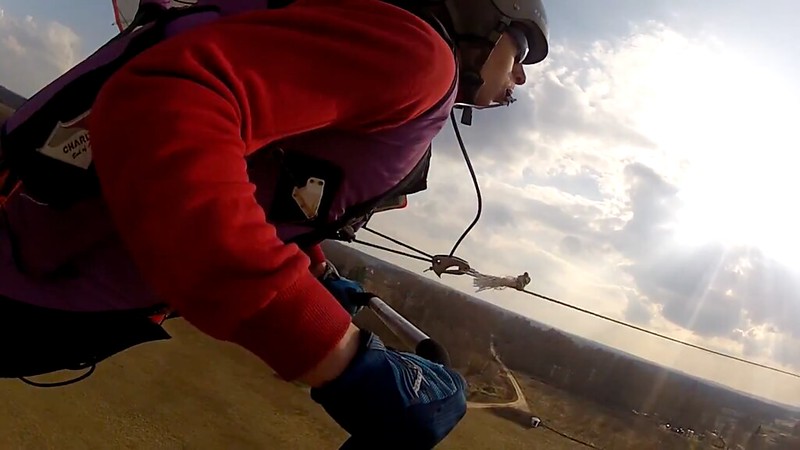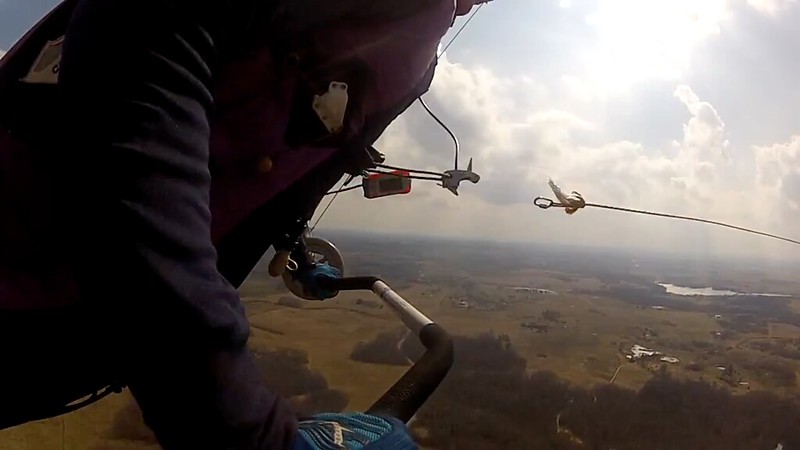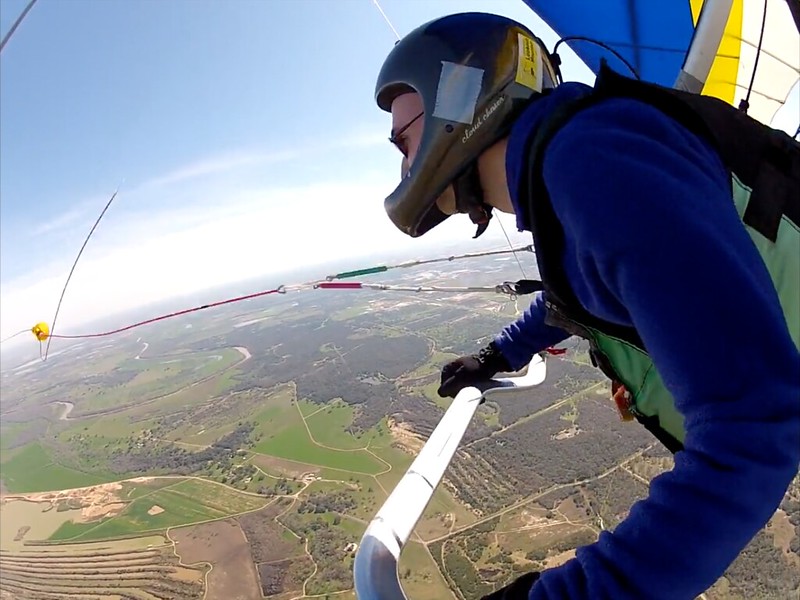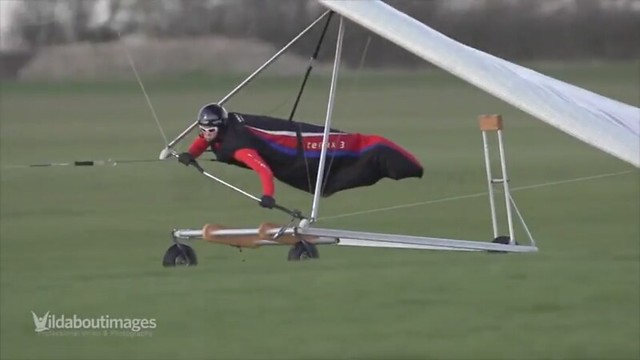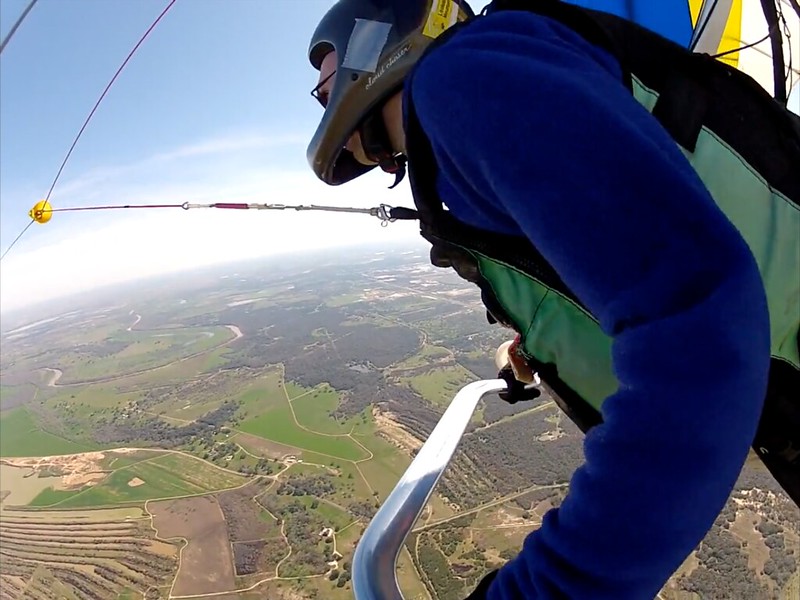Bullshit.HigherEDUCATION
by Drs. Lisa Colletti & Tracy Tillman
THE ART AND ZEN OF LAUNCH CARTS
TRACY: Another important feature of a good cart design is to be able to adjust the distance and height of the keel support relative to the base tube cradles, to provide clearance for hardware and a correct angle of attack (AOA) for a wide range of hang glider types and sizes.
http://ozreport.com/forum/viewtopic.php?t=31052
Poll on weaklinks
We all play by the same rules or we don't play. One standard setting for all gliders. Suck it up.Jim Rooney - 2013/03/04 19:31:36 UTC
I still won't tow people with doubled up weaklinks. You don't get to "make shit up". I don't "make shit up" for that matter either.
We all play by the same rules, or we don't play.
Morningside decided that they were happy with 200lb weaklink. They changed their tug's link and they don't just pass the stuff out either. If you'd like to know more about it... go ask them.
The law of the land at comps was 130lb greenspot or you don't tow. Seriously. It was announced before the comp that this would be the policy. Some guys went and made their case to the safety committee and were shut down. So yeah, sorry... suck it up.
See? Like the optimal aerotow weak link. Single loop of 130 pound Greenspot on one end of a one or two point bridle.LISA: Back when those carts were designed, in the mid-1990s, the students determined that the optimal AOA for a hang glider on a cart seemed to be about 25 degrees.
It was found that most carts used by various aerotow operators around the country at that time provided for an AOA that ranged from 20 to 30 degrees. This is the angle as measured with an inclinometer placed on the keel, with the cart sitting on level ground. Some gliders from that time still had deep keel pockets;
Because then - as now - this off-the-scale stupid sport had no fuckin' clue regarding the physics of glider roll control.
Regardless of whether the glider was single or double surface. Just make sure to place the inclinometer on the bottom of the sail....in that case, the angle would be measured with the inclinometer placed on the bottom of the sail.
What weak link did the recommend would be best for that range of gliders and what was their reasoning?TRACY: Right. So my students studied the dimensions of the smallest to the largest gliders produced at the time and designed a keel support to be adjustable from 20 to 30 degrees, for all glider sizes. Their recommendation at that time was that a 25-degree AOA was best.
40-40324LISA: Things have changed.
http://farm9.staticflickr.com/8394/8696380718_787dbc0005_o.png
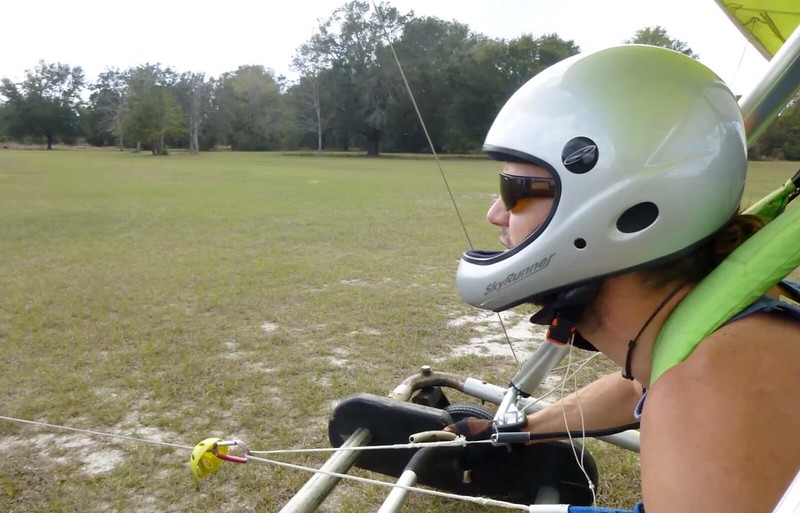
http://4.bp.blogspot.com/-bRrpHNa68iY/UQ6Pv9gRZyI/AAAAAAAAjTg/Hc22bx5122Q/s2048/20943781_BG1.jpg

Yep...
02-00820
http://c2.staticflickr.com/8/7252/27169646315_9af9a62298_o.png
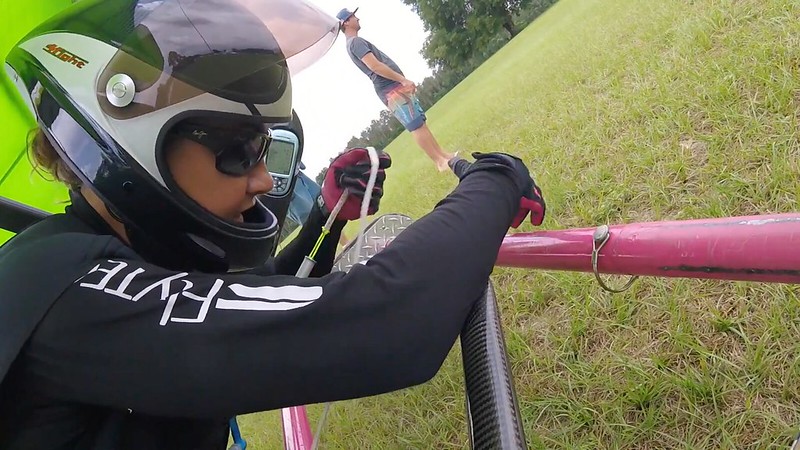
Beginning of the collapse of the Ponzi scheme.
The wing will trim to the airflow as things start getting up to speed. As soon as it does the keel bracket setting becomes pretty much irrelevant.First, you don't even need an inclinometer anymore--you can measure the AOA of your glider on a cart with your cell phone! Second, not many pilots are still aerotowing those old gliders with deep keel pockets. Third, almost all glider designs from the mid-1990s, basic through advanced, used luff lines and lots of washout, thus creating less total AOA relative to the keel, and as presented to the relative airflow while rolling on the cart. Today, advanced gliders are topless and/or use sprogs rather than luff lines and washout tubes for pitch stability, and thus have a flatter and tighter wing. And because these gliders tend to have high pitch pressure at low VG settings, pilots pull on a lot of VG to tow, all of which tightens the sail and creates more total AOA relative to the keel and as presented to the airflow. As a sail gets tighter and flatter, and has less washout and more total AOA, it should sit with the tail higher on the cart to present less AOA to the airflow while rolling on the cart.
TRACY: So today, a good AOA for most entry-level and low-intermediate gliders (as measured on the keel while sitting on the cart) is still about 25 degrees, but a good AOA (keel angle) for modern high-intermediate and recreational topless gliders seems to be about 22.5 degrees. The best AOA (keel angle) for very clean and tight competition topless gliders seems to be about 20 degrees.
LISA: Twenty degrees is still too much AOA on a cart for a modern rigid wing. Some rigid wing pilots have experienced lack of control when cart launching, as the wing is in a stalled condition or a wing's spoiler on is not effective because it is not in an area of clean airflow.
Really, Trisa? Rather than reverting to foot launching?Rather than reverting to foot launching, they should just fly off a cart with less AOA.
Meeting with your expectations? Like Wrapped and Tied 130 pound Greenspot?We have found that a 15-degree keel-angle AOA is good for most rigid wings, and we have also had success with 12.5 degrees.
Like?:TRACY: Back in the old days, at the end of the last century, we found that we could just keep our carts set at one keel support height, and that all but the smallest gliders could be launched comfortably from those carts. If someone did have a very small glider, we would adjust the keel support to be lower for them, to help prevent them from sticking to the cart. As we acquired more carts, we found that we could just leave most of our carts set to a normal keel support height setting and just have one or two carts set to a lower setting for very small gliders. When we did that, we just marked the carts to be used for small gliders with red tape, so pilots with larger gliders would not use them.
LISA: As I said earlier, things have changed. Two standard height settings for our carts isn't good enough any more. Now, we use Black tape to mark carts with keel supports set very high for rigid wings (12.5 to 15 degrees AOA as measured on the keel), we use Blue tape to mark carts set high for comp flex wing gliders and large advanced gliders (20 to 22.5 degrees AOA as measured on the keel), we use Green tape to mark carts set for entry-level gliders and smaller to mid-size intermediate and advanced gliders (22.5 to 25 degrees AOA as measured on the keel), and Red tape for the smallest gliders (usually about 25 degrees AOA as measured on the keel).
TRACY: We are lucky to have enough carts on hand to not have to constantly adjust them for different glider models and sizes. Rather, we can leave the keel supports of our carts set at specific heights and color code them for use with certain gliders. Even if we didn't have that many carts on hand and had to adjust them from time-to-time, it would be useful to know the correct settings and color code them according to their adjustment. Obviously, a standardized, color-code system for cart settings would be helpful everywhere.
http://www.flickr.com/photos/aerotowrelease/8305393601/

Just kidding.
Bullshit.LISA: For sure. A standardized color code system would help pilots know they are on the right cart, no matter where they are aerotowing. Real bad things can happen if a pilot launches from a cart with the wrong AOA. Too high an AOA is a problem for rigid wings, just as it is for flex wings. With too much AOA, one side of a wing can be in a stalled condition at takeoff...
Crosswind is a problem before the glider gets up to speed. At speed the keel's out of the bracket and thus the adjustment is completely irrelevant....or be more likely to be lifted in a cross wind...
Don't you use weak links for which you have an expectation of consistently breaking early in a lockout?...either which can result in a high speed ground loop or lockout at launch.
If the cradle's too high the glider IS sticking to it.TRACY: Too low an angle of attack is also a problem, as a glider may not want to lift away from the cart and can feel as if it is sticking to it.
- The DREADED propwash.It may result in a very high speed takeoff, longer ground roll and more likelihood of hitting the prop wash...
- In the absence of a crosswind the likelihood of hitting the propwash is 100.00 percent.
Bullshit....and/or premature launch--with the glider being pulled forward off the cart rather than lifting away from it.
- There's nothing "PREMATURE" about that scenario.This is particularly bad if you have a small glider with a long keel, as the tail of the keel will get lifted by the cart keel support as the glider gets pulled forward, thus lifting the tail, reducing the AOA, and pushing the glider down into the ground in front of the cart.
- If you had a functional brain you could handle that situation by pulling a high wheelie before dumping the cart. But, of course, if you had a functional brain you wouldn't have put yourself in that situation in the first place.
...is an improvement in the gene pool....Combine this situation with no wheels and perhaps an open face helmet, and the result...
Crappy, shoddy, incompetent running of comps and tow operations. Davis, Quest, Lockout come to immediate mind....ain't pretty.
LISA: We continue to hear reports about this kind of thing happening at comps and tow operations.
TRACY: What's up with that? Why do you think it continues to happen?
http://ozreport.com/forum/viewtopic.php?t=25321LISA: Insufficient aerotow training, lack of knowledge and ground school training on use of carts, and lack of standardization of cart settings.
Stop the Stupids at the USHPA BOD meeting
Good, Mark. Don't offer solid equipment and procedures, competent instruction; get tons of students and participants mangled and killed; then blame the country's dysfunctional justice system when you get sued out of existence. What's most dysfunctional about our justice system is that you motherfuckers weren't sued out of existence a couple decades ago.Mark G. Forbes - 2011/09/29 02:26:23 UTC
We can establish rules which we think will improve pilot safety, but our attorney is right. USHPA is not in the business of keeping pilots "safe" and it can't be. Stepping into that morass is a recipe for extinction of our association. I wish it were not so, but it is. We don't sell equipment, we don't offer instruction, and we don't assure pilots that they'll be safe. Even so, we get sued periodically by people who say we "shoulda, coulda, woulda" done something that would have averted their accident.
It's not just concern for meet directors and policy makers...it's about our continued existence as an association. It's about minimizing the chance of our getting sued out of existence. We're one lawsuit away from that, all the time, and we think hard about it. I would LOVE to not have to think that way, but every time a legal threat arises, it reminds me that we have a very dysfunctional legal system in this country (note: not a "justice" system...there's little justice involved) and we have to recognize that reality and deal with it.
